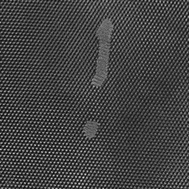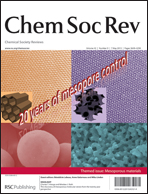Since the discovery of the mesoporous silica material templated by ionic surfactants and the subsequent development of materials templated by non-ionic surfactants and polymers, for example SBA-15, there has been a continuous research effort towards understanding their formation. In situ methodologies, such as Small Angle X-ray Scattering (SAXS), Small Angle Neutron Scattering (SANS), spectroscopic techniques like NMR and EPR, and ex situ methodologies such as electron microscopy techniques (SEM, TEM and cryo-TEM) are powerful and important tools in the investigation of the mechanism by which these materials form. The need for a fundamental understanding of the systems is of academic concern and of great importance when developing materials for applications. In this tutorial review we aim to give the reader a comprehensive overview on the development of the field over the years and an introduction to the experimental in situ and ex situ techniques that have been used.
You have access to this article
 Please wait while we load your content...
Something went wrong. Try again?
Please wait while we load your content...
Something went wrong. Try again?


 Please wait while we load your content...
Please wait while we load your content...